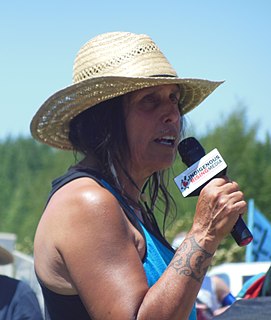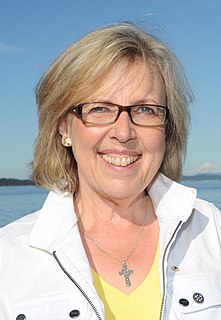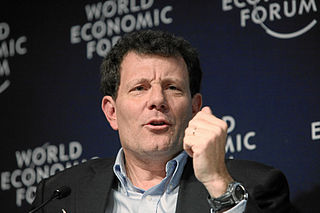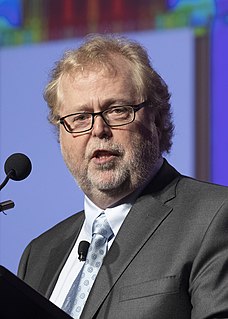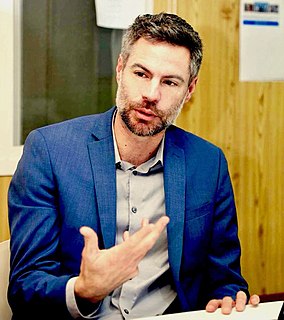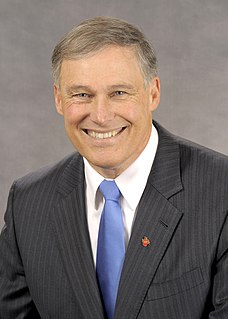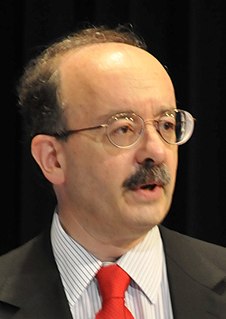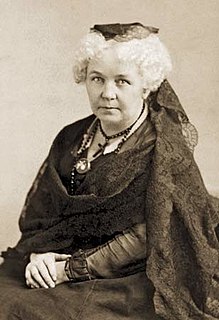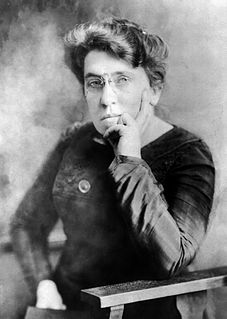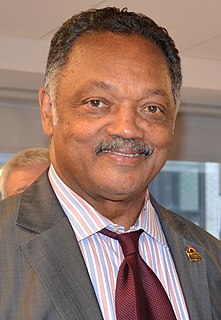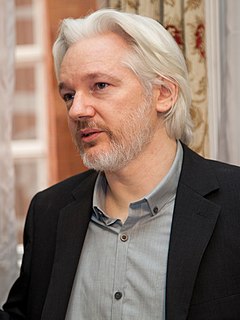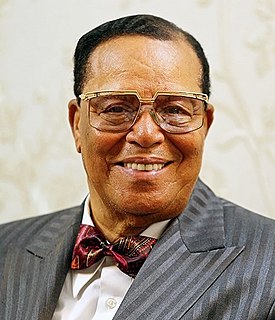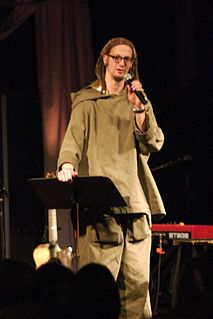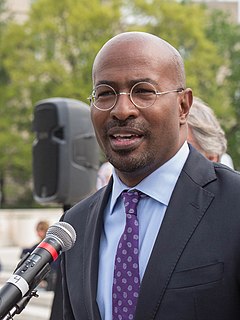A Quote by Winona LaDuke
Tribes have the potential to provide almost 15 percent of the country's electricity with wind power, and have 4.5 times the solar resources to power the entire U.S.
Related Quotes
Sometimes I think the Congress feels that if you only decided tomorrow to switch to wind power that in two years we'd be getting 80 percent of our electricity from wind power. It's nonsense. Normally it takes 20 to 30 years after a new technology is demonstrated and deployed before it powers even 15 or 20 percent of the grid. There's this long lag time, and we haven't even decided which directions to go.
Germany has a lot of solar power. In fact, in 2005, some 55 or 57 percent of worldwide installations were photovoltaics in Germany. That's 57 percent of all worldwide solar photovoltaics. Because of the high feed-in tariff, they have a way of allowing you to produce electricity and ship it into the grid at very high prices.
Yes, sunny Nevada is an ideal state for solar power. As it gets cheaper, the state should use solar whenever it makes financial sense. But politicians shouldn't force you to buy it regardless of cost. It doesn't make sense to insert into the state constitution a requirement on energy use that locks Nevada into 50 percent wind and solar.
We need to stop burning fossil fuels and utilize only wind, water, and solar power with all generation of power coming from individual or small community units like windmills, waterwheels, and solar panels. Sea transportation should be by sail...Air transportation should be by solar powered blimps when air transportation is necessary.
Solar makes electricity expensive for two inherently physical reasons. Sunlight is dilute, requiring 10 to 15 times as much materials and mining, and up to 5,000 times more land, than non-renewables. And sunlight is unreliable, which reduces the value of solar as it becomes a larger part of energy supplies.
Variable but forecastable renewables (wind and solar cells) are very reliable when integrated with each other, existing supplies and demand. For example, three German states were more than 30 percent wind-powered in 2007 - and more than 100 percent in some months. Mostly renewable power generally needs less backup than utilities already bought to combat big coal and nuclear plants' intermittence.
